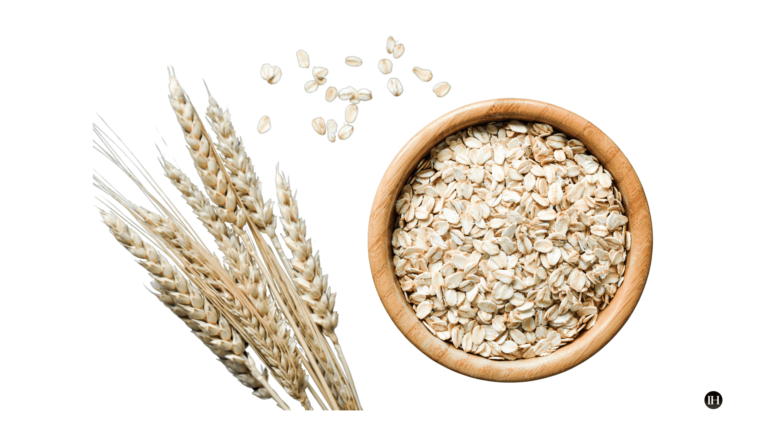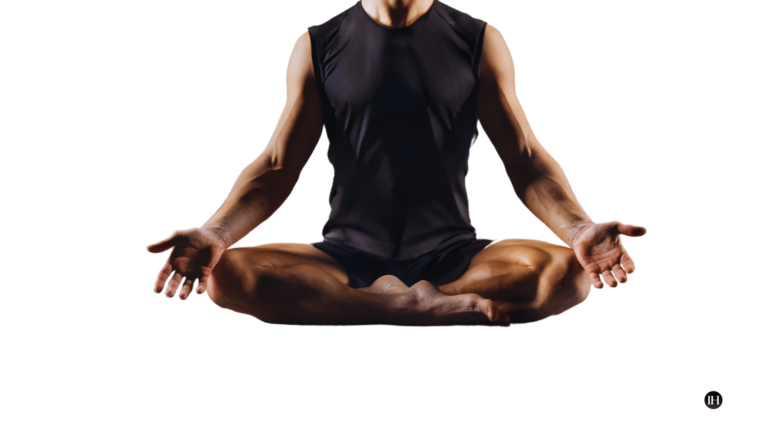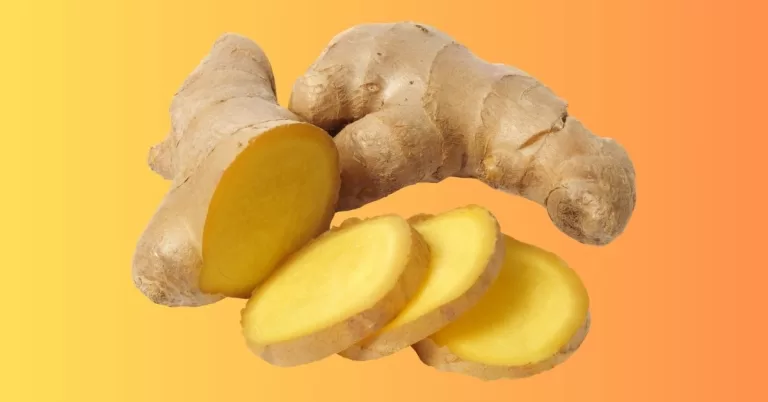A Case For Morning Meditation Impact A Better State
Morning and regular meditation promote overall well-being through increased self-awareness and positive self-discovery. Essentially, they are types of bio-work.
Deep, intentional breathing practices can have a balancing effect on both the body and mind, promoting relaxation, reducing stress and anxiety, and improving overall physical and mental wellbeing. They can help with focus, concentration, and emotional stability.
Although meditation has deep spiritual and metaphysical roots, it has been proven to have a tangible influence on physical health and overall well-being.
For instance, several studies and reports in recent years have highlighted the benefits of meditative practices, including breathwork, in improving cognition, achieving psychological balance, and emotional balance in a manner that is body friendly.
Key Points In This Article
This article provides an overview of morning meditation (meditation), its relationship with neuroplasticity, anti-depression, anti-stress, and three simple morning meditation techniques. It also cites relevant case studies to provide context for the practice.
Incorporating a morning meditation practice can be an easy and powerful way to foster emotional equilibrium, mental clarity, and overall a feeling of balance within.
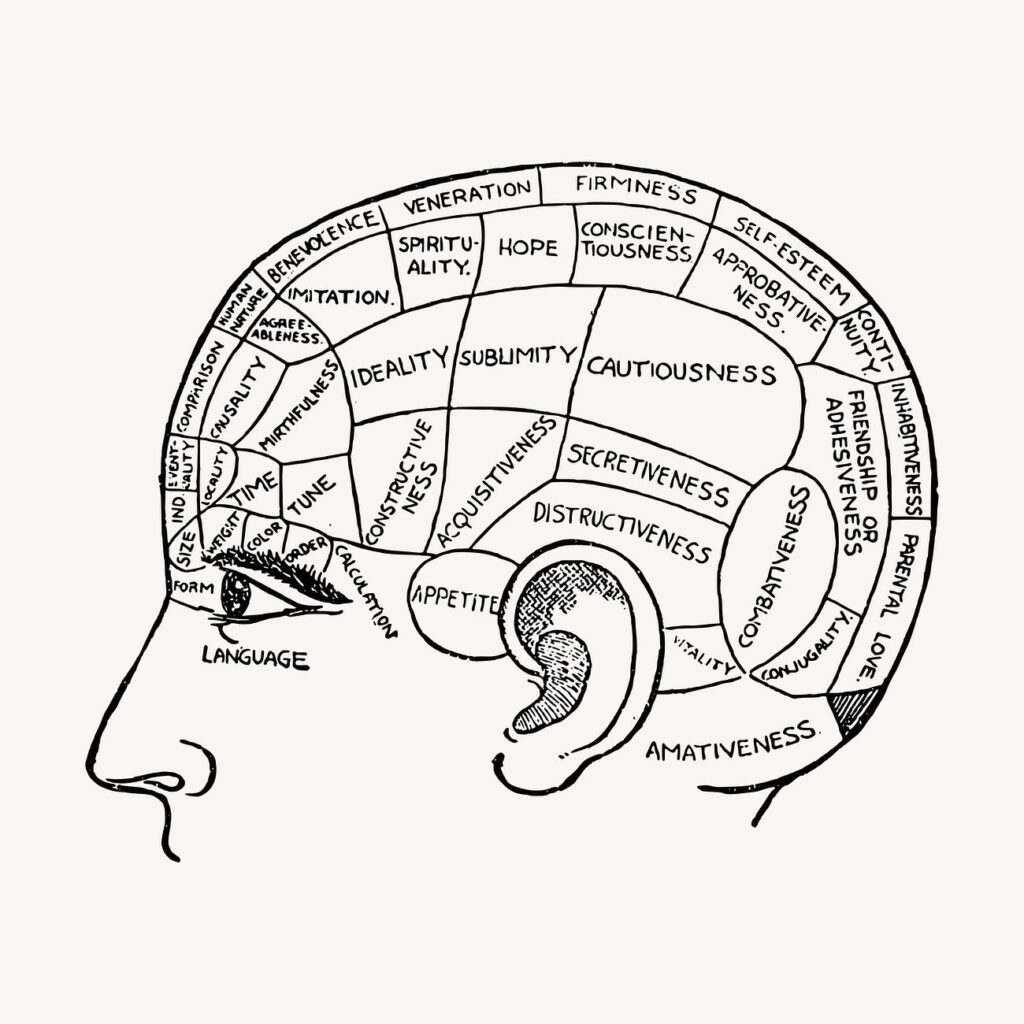
An overburdened mind is prone to tiredness, lack of clear thinking and prone to making mistakes. On the other hand, when nourished and taken care of, it is light, adaptable, clear, flexible and flows.
Elevating The Mental Faculties Through Meditation
Meditation has endured and offers various techniques for those seeking holistic tools for personal balance and optimising their mental faculties.
Various ancient practices exist, each with distinct methods, but universally point towards one purpose: “physical, mental and energy equilibrium,” so that these faculties can be optimised without dependency on time.
Here are some examples of different types of meditative practices:
- Transcendental meditation involves using a mantra to achieve deep relaxation;
- Vipassana meditation, which focuses on insight and self-awareness;
- Zen meditation, which involves sitting in stillness and focusing on the breath;
- Chakra meditation, which involves focusing on the body’s energy centres;
- Yoga meditation, which combines movement and meditation,
- Visualization, Concentrative, Mantra,
- And Guided meditation, which involves listening to a teacher or guide.
Human nature has found empowerment in meditation across generations.
Consistent practice brings us closer to nature, enhances discernment, and offers several physiological benefits—all necessary in our modern environment to function well and with a sense of freedom and liberation.
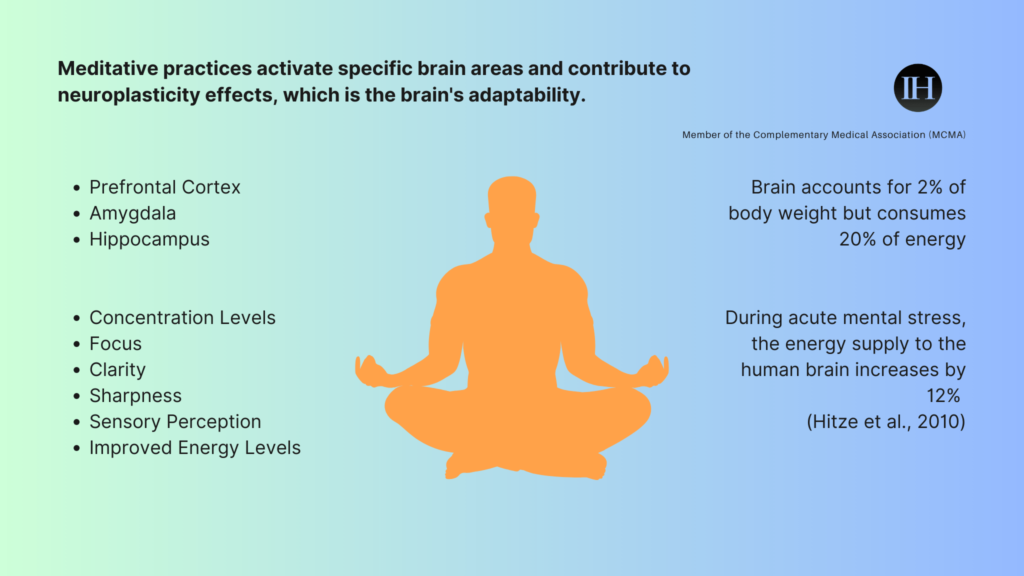
Meditation As An Energy Tool
Meditation has a long history across many cultures and spiritual traditions, particularly in India, China, Japan, Nepal, and other parts of the world. Its origins date back to the Vedic age between 1500-600 BCE.
It is a vast and complex system in theory and practice. However, there are levels to it. Simple techniques can be incorporated to benefit from the practice(s) at the level of general well-being and living better. For example, sitting and breathing consciously.
The key denominators in the practice are specific principles or focal points, as guidance is often necessary for any meditative practice.
Unsurprisingly, mini-morning meditation is a common practice that many individuals follow regularly.
Use of A Focal Point
A clear focal point is necessary for the discipline to cultivate clarity, and detoxifying from stress is essential to the practice.
A focal point is something that can help centre and ground the mind. It can be anything from following the pattern of the breath, a candle flame to a sound or a specific word or phrase.
Some sounds and words are considered spiritual, and their vibration and frequency are important aspects of practice.

Universal Sounds As Guides
For example, “Aum” and other similar sounds are often recited for this purpose.
“Aum” is considered a universal sound representing the universe’s essence. This is because the sound is said to resonate with the cosmic vibration, believed to be the source of all creation.
Essentially, it is a form of elevated energy that is transmitted through sound waves, involving ancient mathematics and resonances as described by scriptures.
Similarly, other spiritual sounds and words are believed to have a unique vibration and frequency that can enhance meditation and spiritual practice.
The Effects Of Meditation On Physical, Mental & Energy
The benefits of practising meditation and breathwork have been extensively documented.
Here are some points that describe how meditation may affect an individuals physiology:
- The impact of a meditative practice can be observed through simple measurements of blood pressure or heart rate, etc.
- Long-term changes can accumulate over time and be experienced gradually, including improved mental clarity, stress relief, better emotional balance, focus, etc.
- Because our brain is a significant driver of life as we know it, the effects also transfer to other systems within the body, such as regulating body temperature, nervous system etc.
- In modern sciences, meditative practices can enable neuroplasticity and help the brain become more flexible and adaptive. They are also used as an anecdote for stress relief, i.e., a “de-stress” activity.
- Combined with diet and lifestyle adaptations, it can considerably change individual physiology.
Why Morning Meditation
Morning meditation involves practising a form of meditation in the early hours, usually between 4 a.m. and 7 a.m.
Research has shown that the brain is more receptive and malleable in the early hours of the morning. This is because the brain consolidates memories during sleep and strengthens neural connections.
When you wake up, your brain is more malleable, making it easier to focus and learn new things.
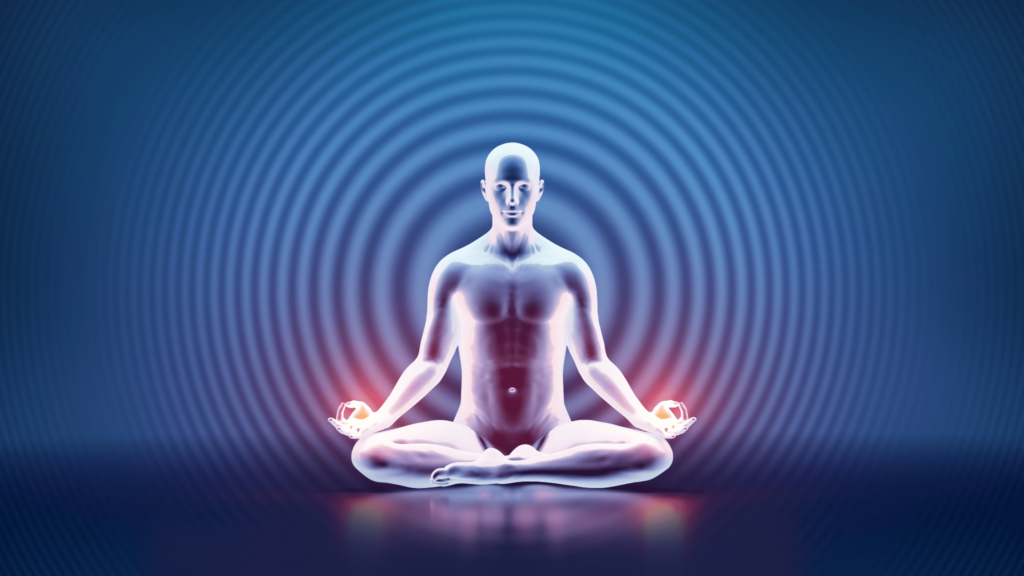
Some Key Insights For Morning Meditation
- For beginners, a practice usually takes 15-20 minutes.
- Breathing patterns, regulating the breath and being in flow with a breath pattern are focused on.
- Proper posture is determined by the practice chosen; however, a simple seated position is easy for beginners to start with.
- Consistent practice and self-commitment, even on difficult days, would impact the accumulative effect of any practice.
- Fundamentally, meditation is an integrative practice and not an alternative practice.
In the next section, we will explore how meditation is linked to neuroplasticity, which activates the brain’s ability to adapt.
Meditation In Neuroplasticity Brain Adaptability
As the term suggests, neuroplasticity involves the brain’s capability to change when influenced by internal or external stimuli.
According to (Puderbaugh and Emmady, 2023);
“Neuroplasticity, also known as neural plasticity or brain plasticity, is a process that involves adaptive structural and functional changes to the brain. A good definition is “the ability of the nervous system to change its activity in response to intrinsic or extrinsic stimuli by reorganising its structure, functions, or connections.”
Meditating can stimulate specific brain regions, including the prefrontal cortex, amygdala, and hippocampus.
- Prefrontal Cortex:
The prefrontal cortex plays a crucial role in a variety of complex cognitive and behavioral processes, such as decision making, working memory, attention, and social behavior. It is also involved in regulating emotions and personality development.
- Amygdala: The amygdala plays a significant role in depression and meditation. Studies have shown that the amygdala is hyperactive in individuals with depression, leading to increased negative emotions and decreased positive emotions. Meditation has been found to reduce amygdala activity, leading to improved emotional regulation and decreased symptoms of depression.
- Hippocampus: The hippocampus is a vital structure in the brain that plays a crucial role in memory formation, emotion regulation, and spatial navigation. Studies have shown that the hippocampus is particularly susceptible to the negative effects of depression and stress, resulting in a loss of volume and impaired functioning. This can lead to difficulties with memory, mood, and overall cognitive functioning.
“Several studies have shown that the constant practice of meditation induces neuroplasticity phenomena, including the reduction of age-related brain degeneration and the improvement of cognitive functions.”
Lardone et al. (2018)
Meditation’s Role In Depression
Similarly, research also suggests that “in humans, hippocampal volume loss is predicted by depression but not age (Shaffer, 2016).”
In depression, meditation has an established link; several reports and studies have documented that it has brain-friendly effects (albeit to different degrees) in individuals who experience states of low moods.
Below are some of the points that have been outlined:
- Meditation has a favourable risk/benefit profile comparatively,
- Lower side effect burden compared to chemical drugs, such as antidepressants
- Potential reduction of polypharmacy, ie multiple drugs for various conditions
- May target & benefit cognitive roots of depression
Chemical drug intervention is often chosen due to its accessibility, in contrast to meditative practice, which requires more commitment.
However, depending on individual circumstances, chemical intervention may be necessary, and gradually integrating breathing techniques, a form of meditation, may be helpful in reducing drug dependence. (Seek the advice and work with a professional).
Meditation & Stress Relief
Apart from neuroplasticity and depression, meditation can have a beneficial effect on states of stress.
According to, “Hitze, B., Hubold, C., Schlichting, K., Lehnert, H., Entringer, S., & Peters, A. (2010). How the Selfish Brain Organizes its Supply and Demand. Frontiers in Neuroenergetics, 2;
“During acute mental stress, the energy supply to the human brain increases by 12%.”
This is a significant finding as it sheds light on how the brain functions during periods of stress, allowing us to better understand the human experience.
For example, feeling mentally exhausted or fatigued after a stressful event, such as work demands, may now be more easily related to neurological processes.
A recent study by Komariah et al. (2022) found that mindfulness breathing meditation can help reduce stress, depression, and anxiety scores. It states that as a non-pharmacological method it can be practiced virtually anywhere and at any time, making it an accessible and convenient option for those looking to improve their mental health.
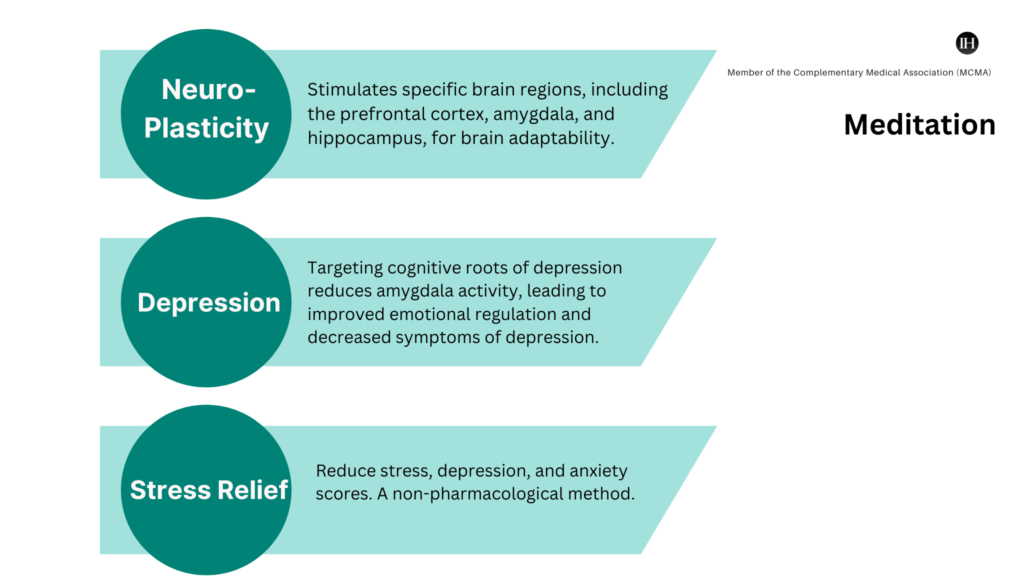
In the sections below, we look at other areas of impact in meditation.
Serum Cortisol Levels
In a 2013 study, Turakitwanakan et al. assessed the serum cortisol levels of medical students.
The study included 66.77% female and 33.33% male participants. Before meditation, the average serum cortisol level was 381.93 nmol/L (SD 97.74). However, after practising meditation, the serum cortisol level significantly decreased to 306.38 nmol/L (SD 90.95).
Sleep Regulation
A study published in Frontiers in Neurology, “Meditation and Its Regulatory Role on Sleep,” explains how meditation practices can impact brain functions, trigger neural plasticity events, and regulate autonomic, metabolic, endocrine, and immune functions.
This results in global regulatory changes in various behavioural states, including sleep.
Basics To Seated Breath Work
To effectively practice meditation, it’s essential to pay attention to your posture and maintain a consistent practice.
This involves gradually finding the optimal frequency and session length based on one’s health status.
Fundamental Basics:
- Core Posture: A correct posture, straight spine, either seated cross-legged on a floor or sitting on a chair.
- Breath: Following a comfortable inhalation and exhalation.
- Time & Frequency: Beginning at 10-20 minutes and increasing the practice gradually.
Cultivating A Healthy Ego & Putting It To Good Use
Developing a healthy sense of self is an important aspect of most meditation practices, and the key is to bring balance to it so that it can work as part of a whole individual.
The negative effects of a vitiated ego may include a lack of empathy, an inflated sense of self-worth, and a tendency to prioritise personal desires that negatively impact daily activities.
This can hinder relationship-building and personal/professional growth. Meditative practices foster a healthier, more dynamic ego allowing it to be put to good use.
Meditation In Ayurveda
According to Ayurveda, meditation is a potent technique for balancing the three doshas—Vata, Pitta, and Kapha—and enhancing overall health.
The Eastern sciences state that meditation is a “portal to betterment.” It can help individuals connect with their inner selves and the universe and experience a sense of overall improvement.

3 Simple Morning Meditation Starting Points
Tips for a successful morning meditation practice – Setting intentions – Avoiding distractions – Being patient with the process – Seeking guidance and support if needed.
1. Meditating With Breath Focus
Engaging in regulated breathing with breath focus is a great way to reduce stress and improve overall well-being. It’s important to find a comfortable and neat environment to practice this technique.
By assuming a seated position and focusing on your breath, you can observe how your breath becomes lengthened and infused with invigorating energy.
After 10 to 20 minutes of this practice, you can gently open your eyes and adjust your awareness to your surroundings. Adding an organic essential oil like rosemary can be helpful as an anti-stress oil.
2. Breath & Self Affirmation
Sit comfortably in a clean space and regulate breathing for 10-20 minutes. Follow affirmations while breathing. Gently open your eyes and adjust to your surroundings. Drink room temperature water after 5 minutes or honey water.
3. Breath & Sound
To calm yourself, follow these steps: find a quiet place, play nature or meditation sounds, sit cross-legged with closed eyes, and breathe deeply for 20 minutes.
Calibrate your inner energy with each breath. Then, open your eyes slowly and take in your surroundings. Finally, enjoy a cup of energising organic herbal tea.
Summary
The main objective of most traditional sciences is to serve as a tool to help improve the well-being of humans.
By applying practical meditative methods, we can strengthen our self-awareness and develop the ability to navigate life’s challenges more easily and clearly.
The fundamental purpose of meditative practice is to cultivate an improved sense of self and, consequently, an improved external life environment. It’s important to remember that one size does not fit all.
Scientifically, several case studies recognise meditative practices’ effects on brain adaptability, anti-depression and stress relief effects.
Precautions & Suitability
The information provided is for educational purposes and is not intended to replace medical advice. Consult a healthcare professional before implementing any therapeutic diet or wellness routine. Suitability depends on individual health status.
This is an informational post only and does not constitute professional advice.
Related Information
Dietary Honey: Brain Power Post Stress
Zamri et al. (2023) reviewed the potential neurological mechanisms of honey’s involvement in memory booster, neuroprotective impact, anti-stress, and anti-nociceptive benefits which contributed to improving brain health.
The presence of the phenolic content (gallic, syringic, benzoic, trans-cinnamic, p-coumaric, and caffeic acids) and flavonoids content (catechin, kaempferol, naringenin, luteolin, and apigenin) in honey work as an antioxidant and anti-inflammatory agent to enhance cognitive and improve memory and eventually works as a brain booster (Zamri et al., 2023, p. 1092596).
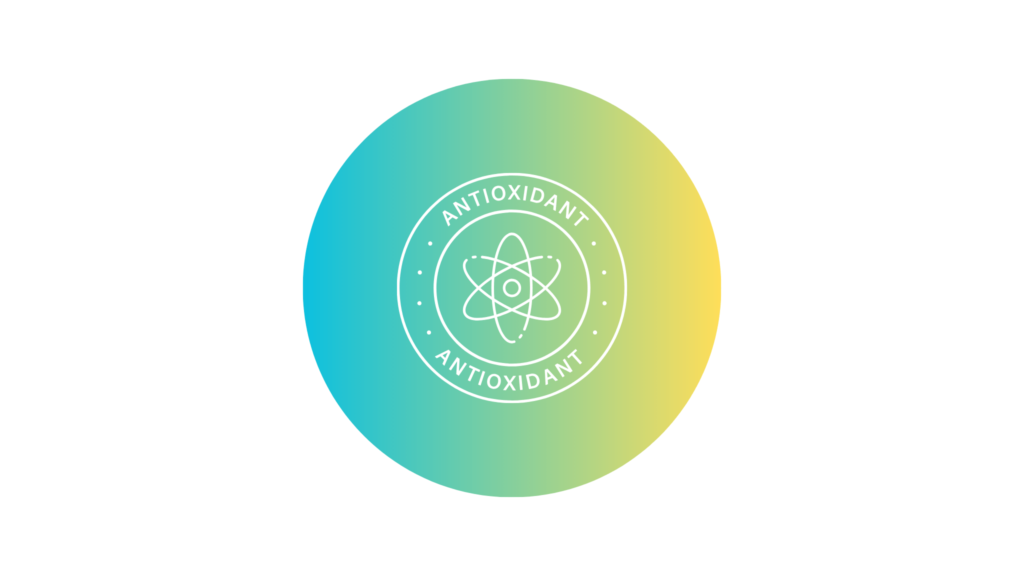
Understanding Brain – Stress – Honey Relationship
As per a study published in Frontiers in Neuroenergetics, the brain requires approximately 12% glucose during acute mental stress to function optimally.
In this context, honey can be considered one of the best forms of natural glucose to consume post-stress. Honey is a natural source of glucose that contains complex sugars, vitamins, minerals, and antioxidants that provide multi-complex actions as brain energy food.
Additionally, honey has therapeutic effects on the brain, including anti-inflammatory and antioxidant properties, which help to reduce oxidative stress and improve brain function.
Furthermore, honey contains natural compounds such as chrysin and pinocembrin that promote brain health by improving memory and cognitive function. Several available studies also recognise honey as helpful in diabetes such as; Bobiş, O., Dezmirean, D. S., & Moise, A. R. (2018). Honey and Diabetes: The Importance of Natural Simple Sugars in Diet for Preventing and Treating Different Type of Diabetes. Oxidative Medicine and Cellular Longevity, 2018. doi: 10.1155/2018/4757893.
Therefore, consuming honey post-stress may give the brain the necessary glucose and other essential nutrients.
Informational (Audible Video): Meditation: Physical Mental Energy
References in this article:
Zamri NA, Ghani N, Ismail CAN, Zakaria R, Shafin N. Honey on brain health: A promising brain booster. Front Aging Neurosci. 2023 Jan 17;14:1092596. doi: 10.3389/fnagi.2022.1092596. PMID: 36733498; PMCID: PMC9887050.
Nagendra RP, Maruthai N, Kutty BM. Meditation and its regulatory role on sleep. Front Neurol. 2012 Apr 18;3:54. doi: 10.3389/fneur.2012.00054. PMID: 22529834; PMCID: PMC3328970.
Meditation: https://en.wikipedia.org/wiki/Meditation
Lardone A, Liparoti M, Sorrentino P, Rucco R, Jacini F, Polverino A, Minino R, Pesoli M, Baselice F, Sorriso A, Ferraioli G, Sorrentino G, Mandolesi L. Mindfulness Meditation Is Related to Long-Lasting Changes in Hippocampal Functional Topology during Resting State: A Magnetoencephalography Study. Neural Plast. 2018 Dec 18;2018:5340717. doi: 10.1155/2018/5340717. PMID: 30662457; PMCID: PMC6312586.
Turakitwanakan, Wanpen et al. “Effects of mindfulness meditation on serum cortisol of medical students.” Journal of the Medical Association of Thailand = Chotmaihet thangphaet vol. 96 Suppl 1 (2013): S90-5.
Shaffer J. Neuroplasticity and Clinical Practice: Building Brain Power for Health. Front Psychol. 2016 Jul 26;7:1118. doi: 10.3389/fpsyg.2016.01118. PMID: 27507957; PMCID: PMC4960264.
Bobiş O, Dezmirean DS, Moise AR. Honey and Diabetes: The Importance of Natural Simple Sugars in Diet for Preventing and Treating Different Type of Diabetes. Oxid Med Cell Longev. 2018 Feb 4;2018:4757893. doi: 10.1155/2018/4757893. PMID: 29507651; PMCID: PMC5817209.
De Filippi E, Escrichs A, Càmara E, Garrido C, Marins T, Sánchez-Fibla M, Gilson M, Deco G. Meditation-induced effects on whole-brain structural and effective connectivity. Brain Struct Funct. 2022 Jul;227(6):2087-2102. doi: 10.1007/s00429-022-02496-9. Epub 2022 May 6. PMID: 35524072; PMCID: PMC9232427.
Puderbaugh M, Emmady PD. Neuroplasticity. [Updated 2023 May 1]. In: StatPearls [Internet]. Treasure Island (FL): StatPearls Publishing; 2024 Jan-. Available from: https://www.ncbi.nlm.nih.gov/books/NBK557811/
Vedic Period: https://en.wikipedia.org/wiki/Vedic_period#:~:text=The%20early%20Vedic%20age%20is,inhabit%20the%20northern%20Indus%20Valley.
Johari, H. (1987). Chakras: Energy Centers of Transformation. Destiny Books.
Jain FA, Walsh RN, Eisendrath SJ, Christensen S, Rael Cahn B. Critical analysis of the efficacy of meditation therapies for acute and subacute phase treatment of depressive disorders: a systematic review. Psychosomatics. 2015 Mar-Apr;56(2):140-52. doi: 10.1016/j.psym.2014.10.007. Epub 2014 Oct 22. PMID: 25591492; PMCID: PMC4383597.
Hitze B, Hubold C, van Dyken R, Schlichting K, Lehnert H, Entringer S, Peters A. How the selfish brain organizes its supply and demand. Front Neuroenergetics. 2010 Jun 9;2:7. doi: 10.3389/fnene.2010.00007. PMID: 20616886; PMCID: PMC2899523.
Komariah M, Ibrahim K, Pahria T, Rahayuwati L, Somantri I. Effect of Mindfulness Breathing Meditation on Depression, Anxiety, and Stress: A Randomized Controlled Trial among University Students. Healthcare (Basel). 2022 Dec 22;11(1):26. doi: 10.3390/healthcare11010026. PMID: 36611488; PMCID: PMC9819153.


